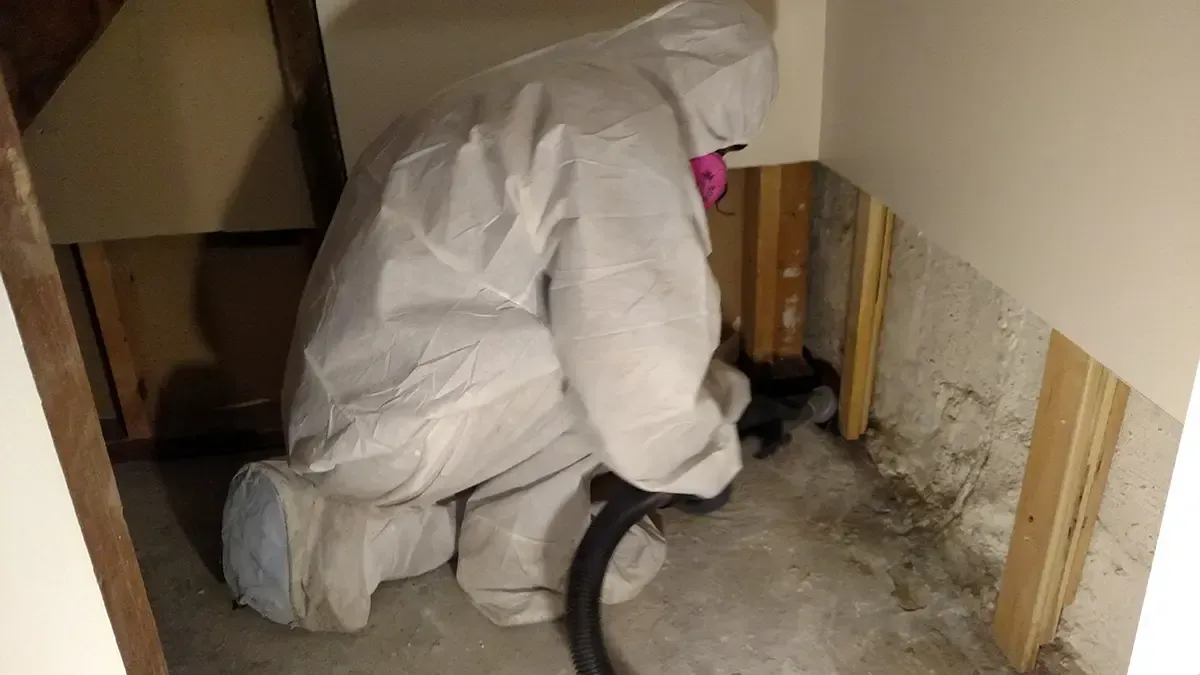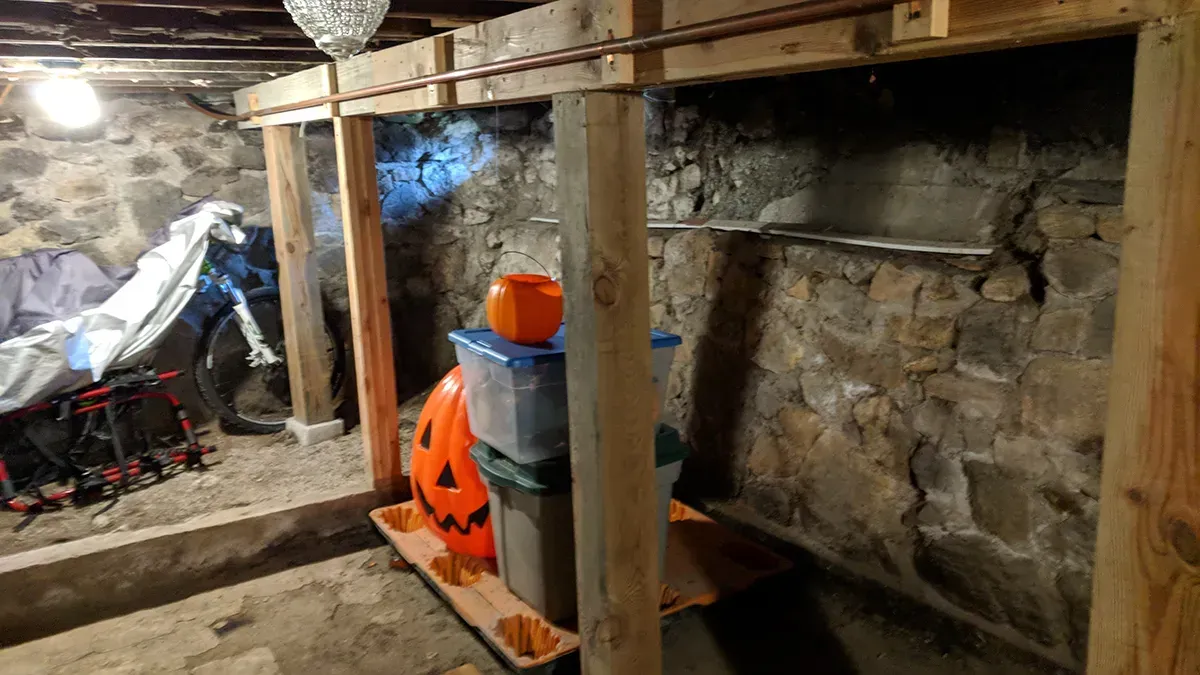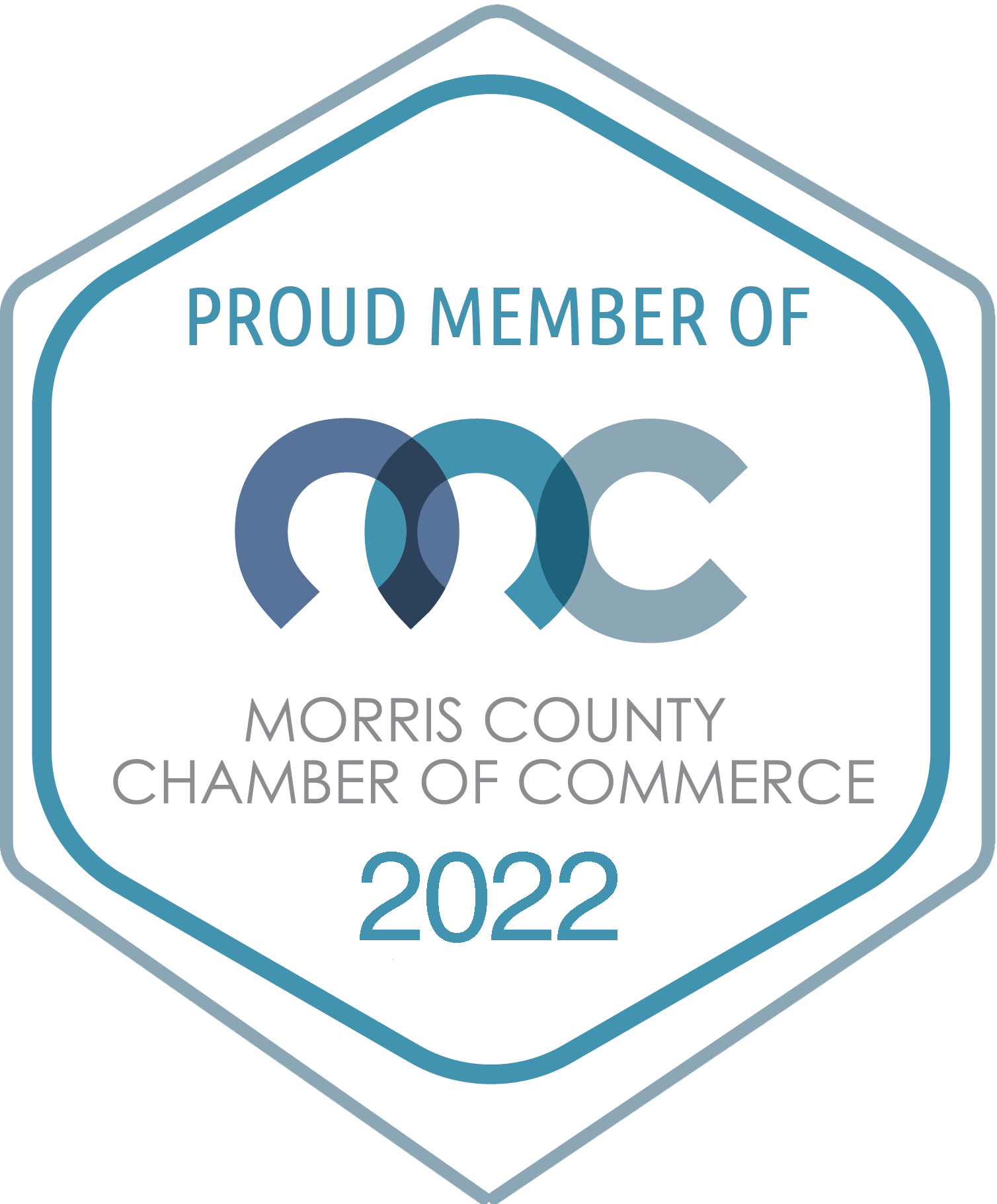Understanding Materials Mold Grows On: Advice from Mold Inspectors in Morris County, NJ

The first line of defense in the fight against indoor mold is knowledge. The more we know about mold, the easier it is to identify and deal with the issue: remember, the sooner mold is dealt with, the easier it is to remediate. Dealing with mold inspection in Morris County, NJ is serious business that should remain in the hands of the pros: us.
What Materials Does Mold Grow On?
The answer to this question is very specific and hard to remember off-hand. Taking time to know what materials are susceptible to mold allows you to focus your attention during mold inspection.
· Paper Products
o Likelihood of Mold Growth: High. Paper products absorb moisture easily, providing an ideal environment for mold to grow.
o Identification: Mold on paper products often appears as spots or fuzzy growths in various colors, including white, green, or black. A musty odor is also a common indicator.
o Cleaning or Replacement: Generally, paper products must be replaced once moldy. Mold penetrates the porous material, making it difficult to remove completely.
o Cleaning Method: If the item is of significant value (e.g., an important document), consult a professional conservator for potential cleaning options.
o Mold Remediation: Removal and replacement of the affected items are standard. Prevent future growth by controlling humidity and moisture in the area.
· Cardboard
o Likelihood of Mold Growth: High. Like paper, cardboard is porous and absorbs moisture quickly, promoting mold growth.
o Identification: Look for discoloration, spotting, and a musty smell.
o Cleaning or Replacement: Cardboard should typically be discarded if moldy, as it's challenging to clean thoroughly.
o Cleaning Method: Not applicable for extensive mold growth; minor surface mold could be wiped off, but replacement is recommended.
o Mold Remediation: Dispose of moldy cardboard and address the moisture source to prevent future occurrences.
· Ceiling Tiles
o Likelihood of Mold Growth: High in areas of high humidity or water leakage.
o Identification: Staining, discoloration, and musty odors indicate mold presence.
o Cleaning or Replacement: Ceiling tiles often need to be replaced, as cleaning may not remove all mold spores.
o Cleaning Method: For non-porous tiles, cleaning with a mold-killing solution is possible, but replacement is advised for porous tiles.
o Mold Remediation: Replace affected tiles and repair any leaks or moisture issues to prevent recurrence.
· Wood Products
o Likelihood of Mold Growth: Moderate to high, depending on moisture exposure.
o Identification: Discoloration, surface irregularities, and musty odors are signs of mold.
o Cleaning or Replacement: Some wood products can be cleaned, but severely molded wood may need replacement.
o Cleaning Method: Clean with a mild detergent solution, then sand and refinish if necessary.
o Mold Remediation: Address the moisture source, clean or replace the affected wood, and apply a mold inhibitor.
· Dust
o Likelihood of Mold Growth: Moderate. Dust can accumulate organic material that molds can feed on, especially in moist conditions.
o Identification: Visible mold in dusty areas, along with a musty smell.
o Cleaning or Replacement: Regular cleaning to remove dust and prevent mold growth.
o Cleaning Method: Use a vacuum with a HEPA filter and damp cleaning methods to minimize dust dispersal.
o Mold Remediation: Increase cleaning frequency, improve ventilation, and control humidity levels in the home.
· Paints
o Likelihood of Mold Growth: Low to moderate, depending on the paint type and underlying conditions.
o Identification: Surface discoloration and musty odors.
o Cleaning or Replacement: Moldy paint usually requires removal and repainting.
o Cleaning Method: Clean the surface with a mold-killing solution before repainting.
o Mold Remediation: Remove affected paint, address moisture issues, and use mold-resistant paint for repainting.
· Wallpaper
o Likelihood of Mold Growth: High, as wallpaper can trap moisture behind it, creating a favorable environment for mold.
o Identification: Peeling, discoloration, and musty odors.
o Cleaning or Replacement: Wallpaper with mold should be removed and replaced.
o Cleaning Method: Removal is preferred; cleaning mold off wallpaper is challenging and may not be effective.
o Mold Remediation: Remove the wallpaper, treat the wall with a mold-killing solution, and address the source of moisture.
· Insulation
o Likelihood of Mold Growth: Moderate to high, especially if exposed to water leaks.
o Identification: Discoloration and musty odors in or around insulation areas.
o Cleaning or Replacement: Moldy insulation must be replaced, as it's difficult to clean thoroughly.
o Cleaning Method: Not applicable; removal and replacement are necessary.
o Mold Remediation: Replace affected insulation and repair any leaks or moisture sources to prevent future growth.
Mold Inspection Morris County, NJ
The only way to fully understand indoor mold issues is to work closely with the best mold inspection Morris County NJ offers. We know the ins and outs of mold removal and remediation and can help you restore your space to its former glory. Mold problems, when left unchecked, only get worse. As this problem worsens, it begins to pose risks to the structure and your health.





